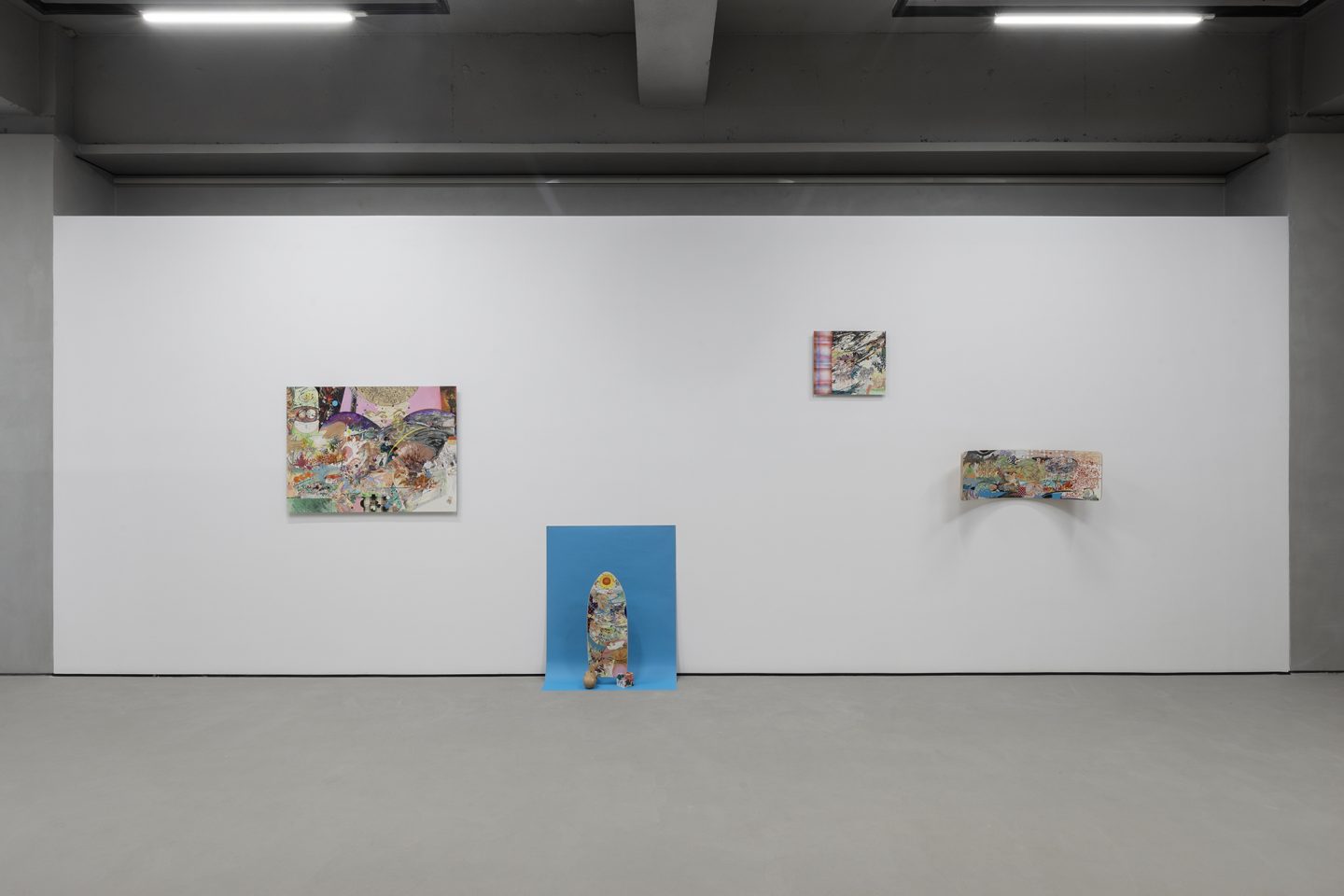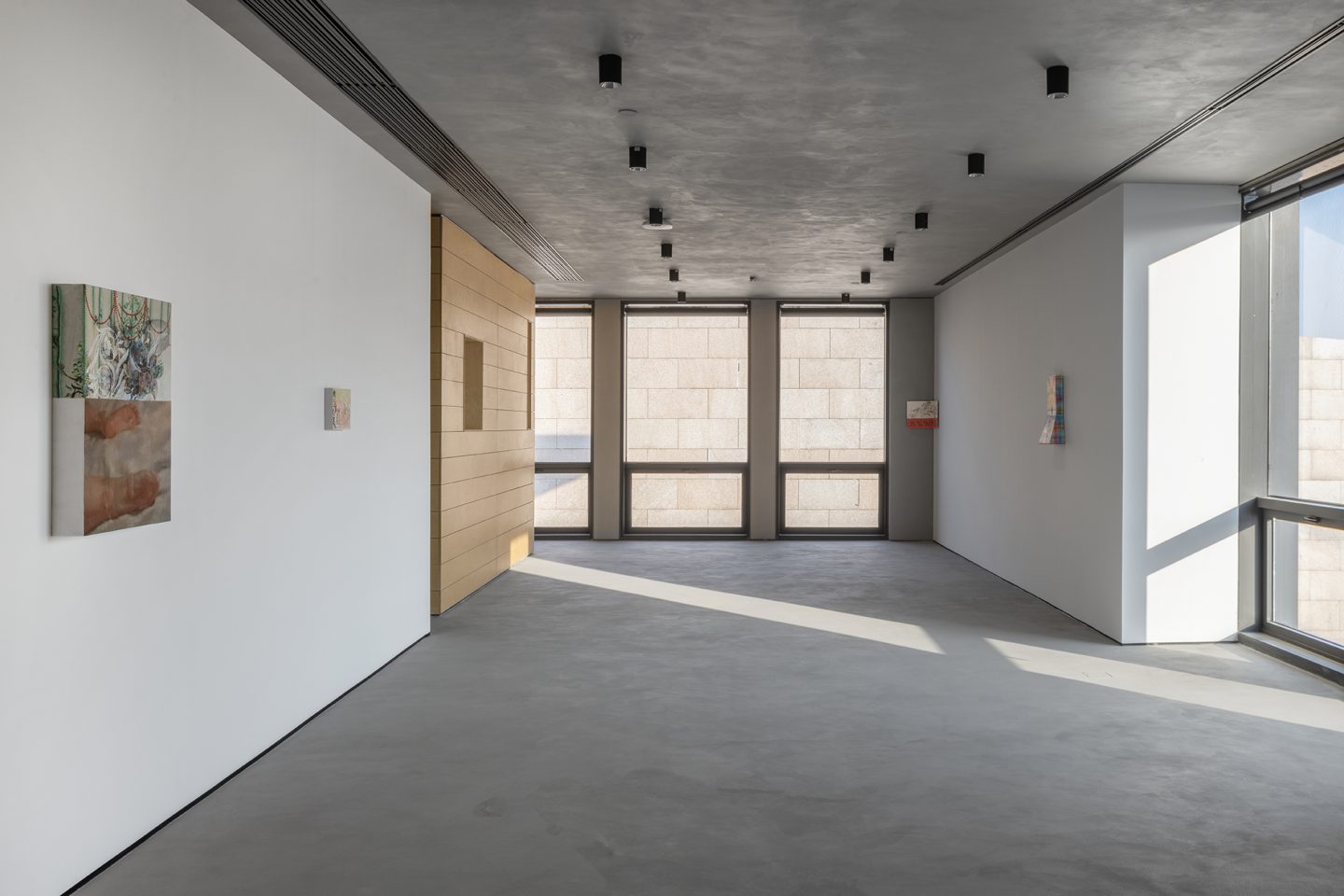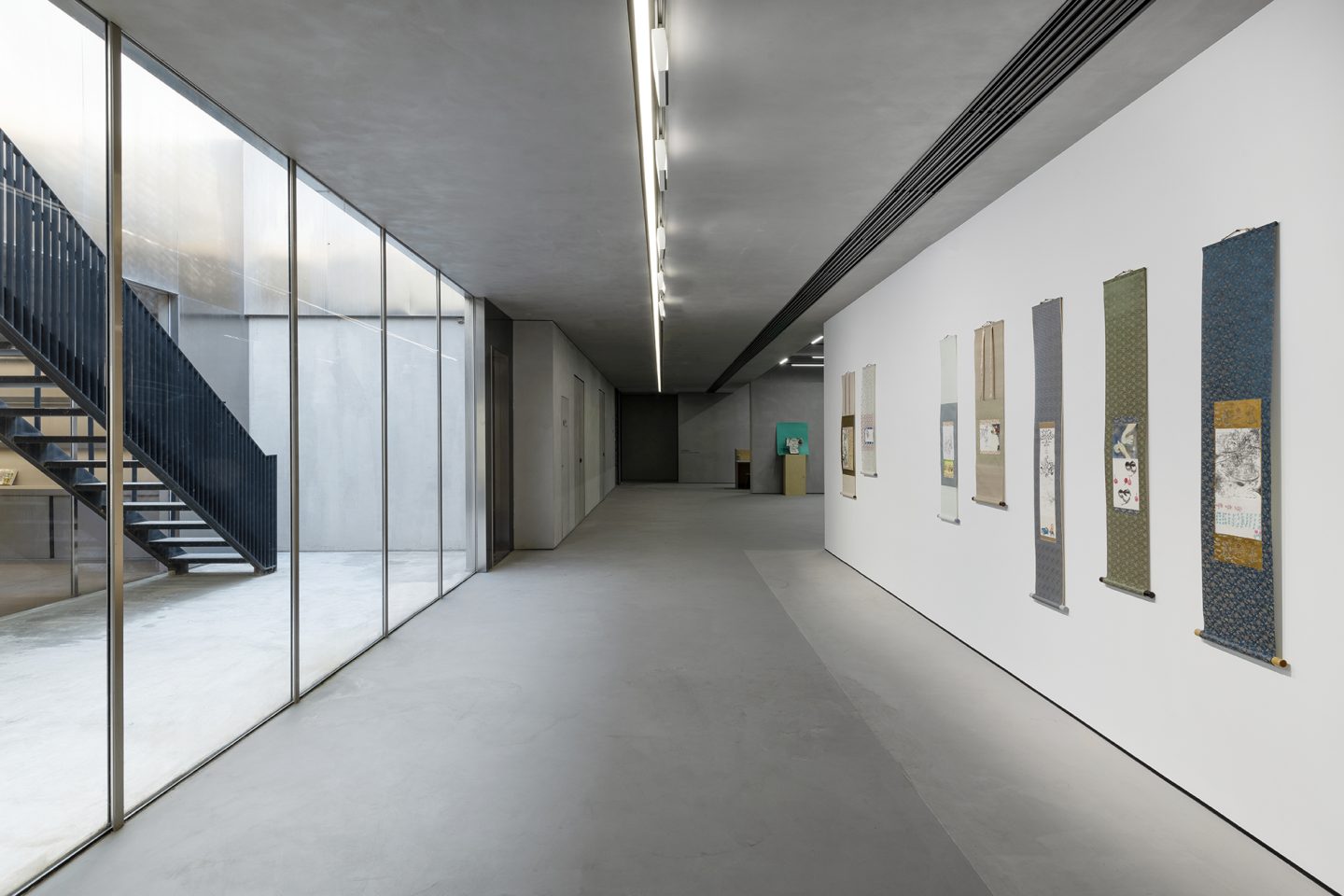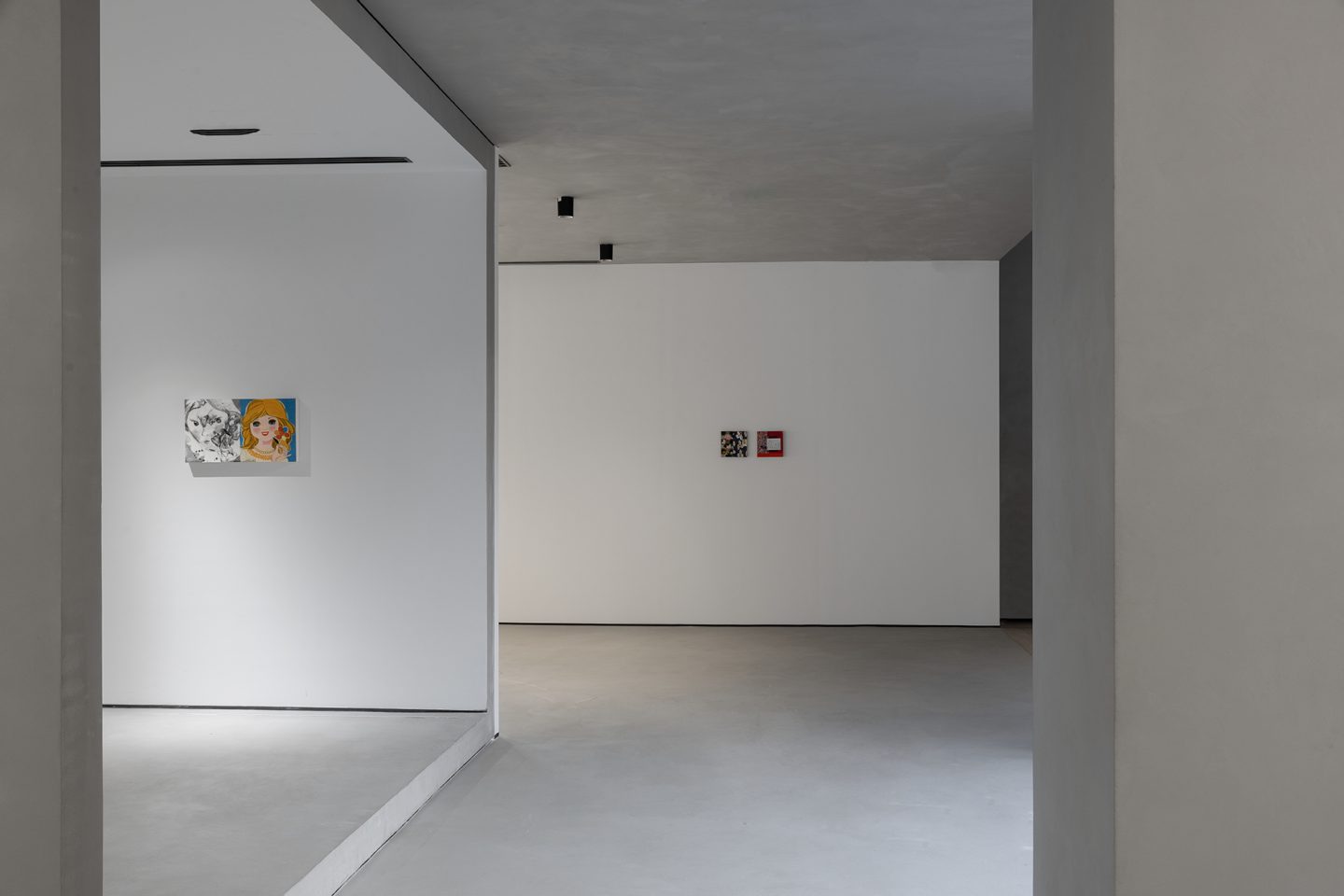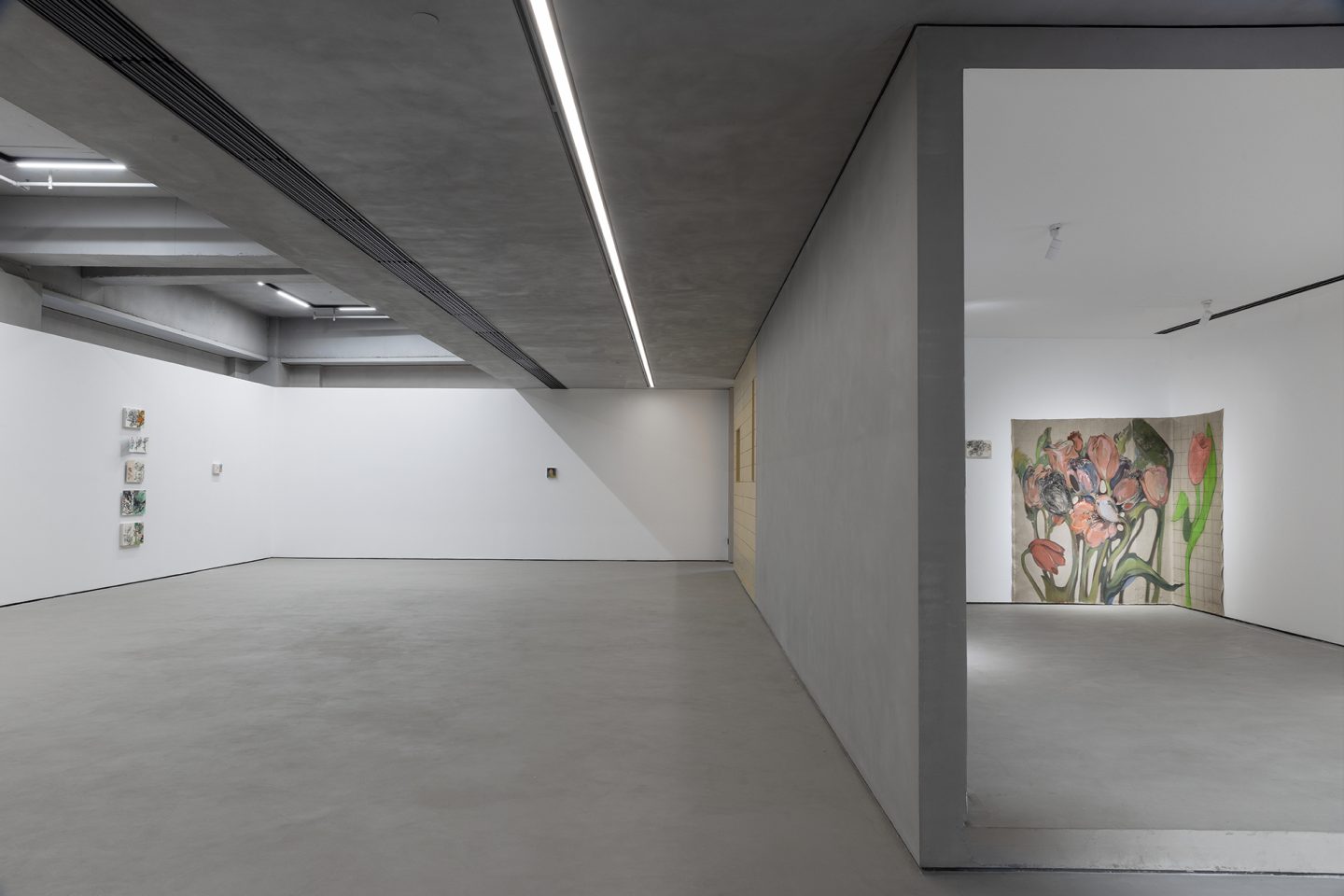DAZHI | CHRONIC PAIN AND REHABILITATION TRAINING
11.08, 2025 – 1.10, 2026
Shunyi




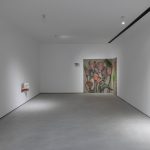





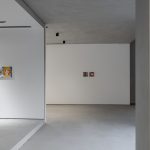

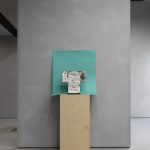
WHITE SPACE is pleased to present Chronic Pain and Rehabilitation Training, the first solo exhibition by artist DAZHI, from November 7, 2025 to January 10, 2026. The presentation spotlights the artist’s three-year peregrination toward coexistence with physiological suffering, articulating a visual narrative punctuated by pain, spiritual practice, and rebirth. Descending into the chasm where the body entangles with time, DAZHI turns to artistic creation as her rehabilitation training, seeking to transmute pain from corporeal shackle into conduit for the psyche. This exhibition assembles over 40 artworks from her two series Chronic Pain and Rehabilitation Training.
Three years ago, chronic arthralgia crashed unannounced in DAZHI’s life and has since gradually altered the way in which she engages with the world. When bodily pain intensifies to extremities beyond tolerance, she responds through acts of determination redolent of ritualistic gestures—page by page, she rends her drawings into shreds, destructively relinquishing accumulated work from 2022 to 2025 that captured snippets of life: by seashore, across wastelands, within airplane, or inside cars along bumpy roadways. This destructive-reconstructive practice enables her to transform painful experience into visual vocabulary. In Chronic Pain, Dazhi often allows black streaks to invade her canvases in forms embodying ferocity, subtlety and slowness. Pain manifests as images in multiplex appearances: sometimes as leaden clouds eclipsing sunlight, sometimes like spidery incursions into skeletal seams, and sometimes, astonishingly, as a traction toward rapture, as if pain sets a crucible fire tempering her soul.
DAZHI conceives Rehabilitation Training as enduring, rigorous self-refinement concerning not merely the physical body but more importantly the relinking between consciousness and memory. As an artist, she constructs transition states that “dwell between two realms”—natural caves and hollows in rock faces, moments suspended in deep mental concentration. They become mediums with which she journeys through pain. By introducing symbolic circular geometrics and imagery of ascending stairways to heaven, she attempts to draw a continuous string of consciousness that bridges order and chaos. As the artist herself insists, “Every fresh experience is a rehabilitation training, a reconnection of ourselves with humanity’s collective memory.”
Time in her artworks exists beyond linear transience measured by numbered scales. It operates instead as a flow of energy that autonomously traverses, navigates, and penetrates. Inspired by Nikolai A. Kozyrev’s theory of “Causal Mechanics,” she sees time as a physical presence endowed with density and directionality. In her juxtaposition of paintings created at two discrete biographical coordinates in her life, age seven and then twenty-seven, she engineers self-dialogue that transcends temporal and spatial dimensions. Swing, moon, willow trees, and butterflies delineated by brushwork escape reduction to pure imagistic representation of real objects. Rather, they morph into “caves and hollows” that channel through time, lacing together the self across disparate phases of life.
Embroidery and textiles evident in her works wield delicate strength against brutality and peremptory assertion. For her, embroidery functions as a “vessel for love and memory” in that needles and threads are not simply technical expertise but become metaphors gesturing toward the maternal body and processes of growth. In Do Not Abandon Me, based upon a painting she created at age three, childish brushstrokes intertwine with adult technical proficiency, manifesting as restoration of feeling and recuperation of selfhood.
DAZHI rejects the over-simplified apprehension of pain solely as misery and affliction. She transforms it instead into redefining “powerfulness”—As she puts it, to be powerful is not to achieve invincibility, but to acknowledge your own natural instinct, accept it, and let it flourish. What she creates is a “strong and vigorous little girl” who ensures pain—not an embodiment of perfection, but a vital symbol of life that co-exists with fragility.
At the concluding section, the exhibition finally arrives at a condition “simultaneously aqueous and incandescent.” Resembling, as the artist describes it, “a plateau beneath torrential rain,” the gallery space becomes witness to wholeness arising from fragmentation and fissure. “Chronic Pain” and “Rehabilitation Training” exceed personal narratives to respond to humanity’s shared condition. The marks of the brush and the persistence of embroidered threads trace the path DAZHI has laid, guiding audiences into contemplative pondering on pain, time, and rehabilitation. They are, eventually, sites where order is revealed from disorder, and where freedom is achieved within constraint.
Special thanks to BSQ Beijing BAOSHUIQU for its support of this exhibition.
About the artist
DAZHI’s artistic practice is deeply rooted in her personal experiences and intellectual pursuits, with a dual process of “destruction-reconstruction” on both physical and psychological levels forming the core of her creative path. She introduces strokes that are at times forceful, subtle, or gradual into richly colored compositions, sketching out a spiritual landscape uniquely her own. In her works, she often juxtaposes symbolic motifs drawn from different temporal and spatial contexts, building visual bridges between order and chaos, consciousness and memory, thereby engaging in a trans-temporal dialogue with herself. DAZHI skillfully employs mixed media—such as oil painting, embroidery, fabric collage, and pencil—to imbue her pieces with textural richness and depth. Through the interplay of a childlike touch and masterful technique, she regards the act of creation as a means of emotional repair and self-renewal, discovering wholeness within life’s fractures.
DAZHI is an artist who currently lives and works in Beijing. Born in 1997, Beijing, China, she graduated from Fine Arts School Affiliated to China Central Academy of Fine Arts in 2018 and graduated from Central Academy of Fine Arts (CAFA) in 2023.

